For camera imaging, lens is an indispensable part. This article is to help you get familiar with the background, principle and other basic knowledge of the camera lens, master the application mode of the camera lens and select the type according to the needs.
I will explain according to the following contents:
[01 Basic knowledge] [02 Lens selection] [03 Lens debugging]
[01 Basic knowledge]
Composition of lens
The lens is composed of one or more sets of optical glass lenses, which form a mirror image through the mechanical structure and optical principle. The imaging distance of different lens combinations is also different.
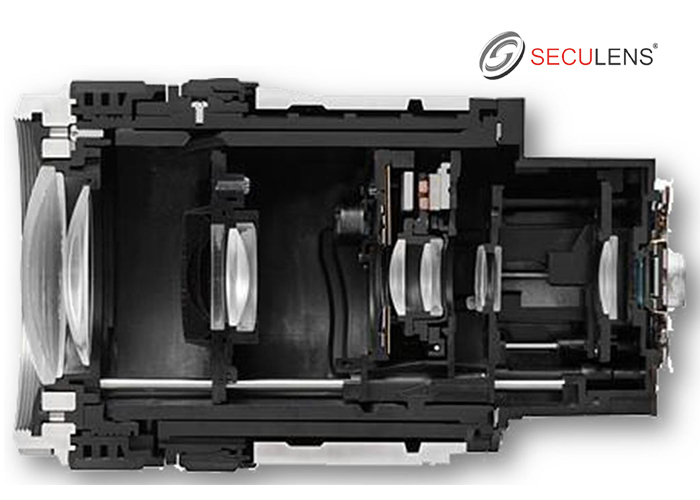
Role of lens
The photosensitive area of the photoelectric sensor of the camera from the light signal collected from the subject is the eye of the surveillance camera.
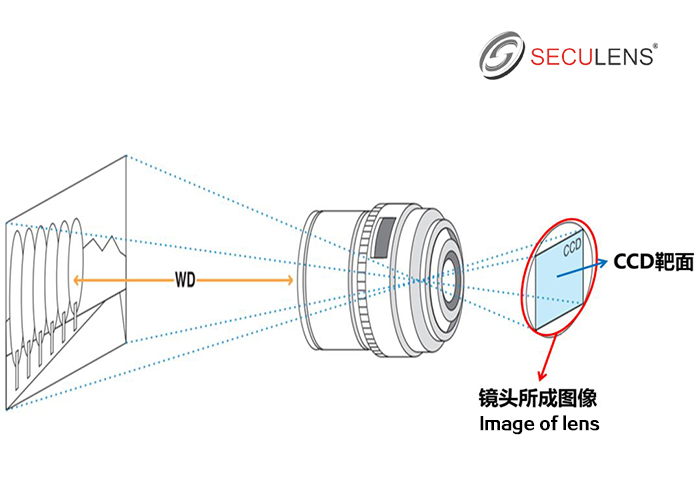
Classification of lens
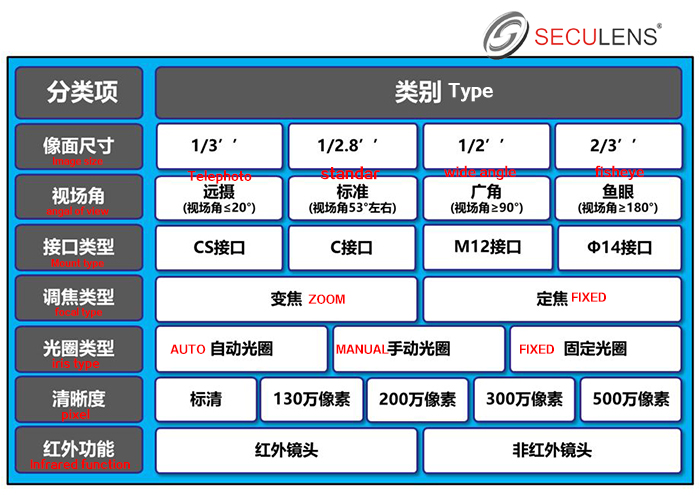
Main parameters of lens
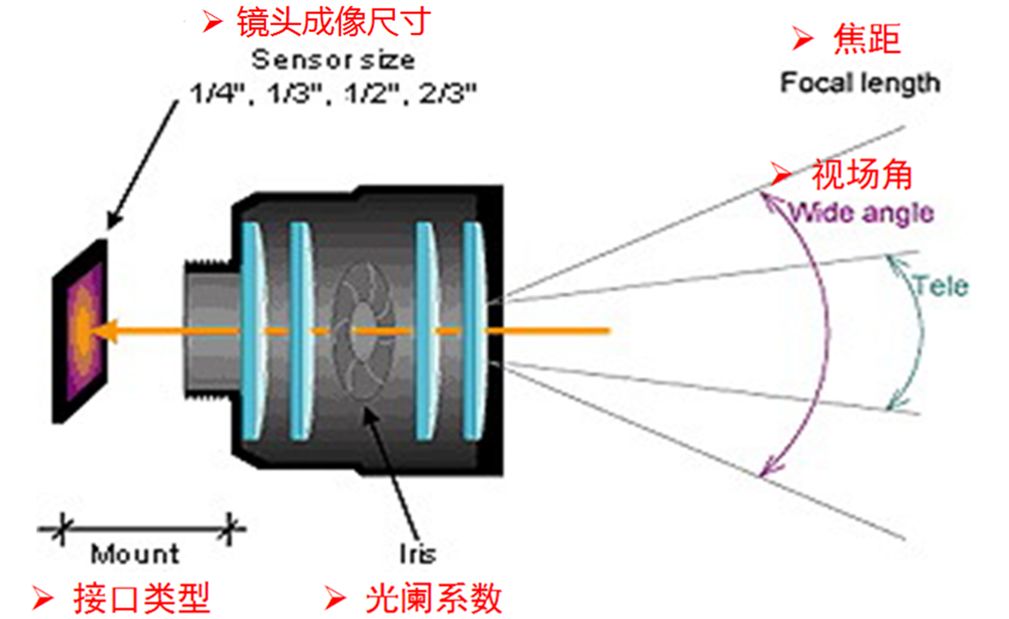
【Image size selection of lens】
The lens image size must be greater than or equal to the sensor size. If the lens size is smaller than the sensor size, there will be black edges around the image.
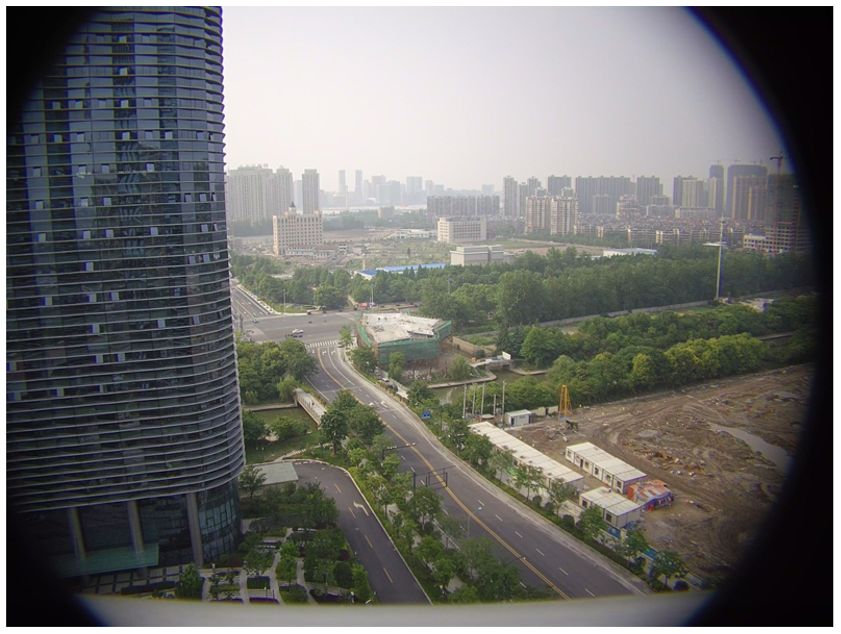
[Focal length and field angle]
Focal length: in the surveillance camera, the focal length refers to the distance from the lens center to the target surface of the image sensor. The length of the lens focal length determines the size of the image, the size of the field angle, the size of the depth of field, etc.
Field of view angle: the spatial range that the lens can see on its receiving element is called the field of view angle, which is generally the horizontal field angle of the lens image.
The relationship between lens focal length and lens field of view angle: focal length and field of view angle are one-to-one correspondence. A fixed focal length means a fixed field of view angle.
We can look at it in two cases:
① When the image size of the lens is fixed, the longer the focal length of the lens, the smaller the field angle of the lens.
② When the focal length of the lens is fixed, the larger the imaging size of the lens is, the larger the field angle of the lens is.
[Imaging effect under different focal lengths]

[Aperture and aperture coefficient]
Aperture: In order to control the amount of light passing through the lens, some thin metal plates with holes are set at the rear of the lens, called diaphragm (commonly known as diaphragm).
Aperture coefficient: the luminous flux of the lens is measured by the ratio of the focal length f of the lens to the luminous aperture D, which is called the diaphragm coefficient, marked by F, F=f/D. Each lens is marked with the maximum F value, such as F1, F2, F2.8, etc.

[Relation between aperture size F and luminous flux]
The relation between F value and aperture size and luminous flux (when the focal length is fixed), and the luminous flux is inversely proportional to the square of F value.
The smaller the F value is, the larger the aperture is, and the greater the amount of light passing to the camera sensor target.

[Comparison of lens luminous flux with different F values]

[Depth of field]
When focusing on the subject, the scene looks clear within a certain range before and after the focus point, and this certain range before and after the focus point becomes the depth of field.
[Factors affecting depth of field]:
① Focal length. The longer the focal length, the shallower the depth of field; The shorter the focal length, the deeper the depth of field.
Lens interface type

② Object distance. The closer the distance, the shallower the depth of field; The farther the distance, the deeper the depth of field.

③ Aperture. The larger the aperture, the shallower the depth of field; The smaller the aperture, the deeper the depth of field.

[Lens mount type]

02 Lens selection
[Lens image size selection]

[Selection of lens focal length]
Estimation method (applicable to lenses above 4nm): someone is 10 meters away from the camera.
① To see the face clearly, use a lens of about 20mm.
② To see the contour of the human body, use a lens of about 10mm.
③ To monitor people's activity picture, use a lens of about 5mm.

[Various focal length effects]

[Manual and automatic aperture lens]
Manual aperture lens: suitable for indoor places where the light is basically constant. The manual aperture is the simplest lens, consisting of several metal sheets. The luminous flux is adjusted by a ring on the outer diameter of the lens. Rotating this ring can make the aperture smaller or larger.
Automatic aperture lens: It is suitable for environments with large light changes, such as outdoor or places where artificial lighting is often switched on. There are two types of automatic aperture lenses:
① Video-driven (VIDEO) type, the lens itself contains an amplifier circuit to convert the video amplitude signal from the camera into control of the aperture motor.
② DC drive type, which uses the DC voltage on the camera to directly control the aperture, only contains the galvanometer type aperture motor, and requires an amplifier circuit in the camera.
[Fixed focus and zoom lens]
Fixed focus lens: generally matched with electronic shutter camera, suitable for indoor monitoring of a fixed target, generally divided into three categories:
① Short focal length lens (the focal length is smaller than the imaging size), also known as wide-angle lens, is mainly used in situations with poor environmental lighting conditions and wide monitoring range.
② Medium focal length lens (the focal length is close to the imaging size), also known as standard lens, and the length of focal length depends on the size of the sensor.
③ Long focal length lens (the focal length is larger than the imaging size), also known as telescopic lens, can only provide narrow view because of the narrow incidence angle, and is suitable for long-distance monitoring.
Zoom lens: also known as zoom lens, zoom lens can change the focal length within a certain range without changing the shooting distance, equivalent to several fixed focus lenses, which can be divided into two types:
① Manual zoom: There is a focal length adjustment ring, which can adjust the focal length within a certain range. It is generally used in situations where the environmental conditions of the monitoring site are not well understood, the requirements are relatively strict, and it is not easy to meet the requirements with fixed focus lens
② Electric zoom: There are two micro motors, one of which is engaged with the zoom ring of the lens. When it rotates under control, it can change the focal length of the lens (Zoom); The other motor is engaged with the focusing ring of the lens, and when it rotates under control, the focus of the lens can be completed. Since this lens adds two functions that can be adjusted remotely, it is also called electric two-variable lens.

[03 Lens debugging]
[Composition of lens]
1. Confirm whether the lens interface type is consistent with the camera interface
2. Remove the lens dust-proof device and connect the lens
3. For automatic aperture lens, the control line of the lens should also be connected to the automatic aperture interface of the camera
4. Adjust the lens zoom group to make the lens in the low magnification state (large field angle), and adjust the camera target adjustment ring (back focus adjustment) to make the image clear
5. Adjust the focus group of the lens to make sure that the image plane is clear when the lens changes from low power (large angle of view) to high power (small angle of view)
[Matters needing attention]
[Automatic aperture lens adjustment]:
close the electronic shutter and backlight compensation switches on the camera, aim the camera at the scene to be monitored, and adjust the aperture and focusing ring of the lens to make the best image on the monitor.
Manual aperture lens adjustment: set the electronic shutter switch of the camera to ON, and when the application site is the brightest (maximum ambient illumination), open the lens aperture as large as possible and still make the image the best (can't make the image too white and overloaded).
Zoom lens adjustment: First adjust the lens focus group (Far-Near), then adjust the focus group (Wide-Tele)
2023-02-22 11:25:26




Fisheye lens 1.85mm FT1085 12MP


Starlight Lens 2.8mm 0357


Car Lens 2.6mm SECU8204

Darklight Lens 10207-8MP+H243+IR0316 4mm 1/1.8"

Darklight Lens 10206-8MP+H243+IR0316 2.8mm 1/1.8"

Darklight Lens 10197+IR06312 2.8mm 1/1.8"

Fisheye lens 1.8mm 5MP 5185

Distortion Free Lens 3526 3.2mm TTL:15.5

Integrated machine 6-192MM S64192-32YT 30X

Integrated machine10-40MM S1040-18YT 4X